How did India's campaign for the differently abled get crippled?
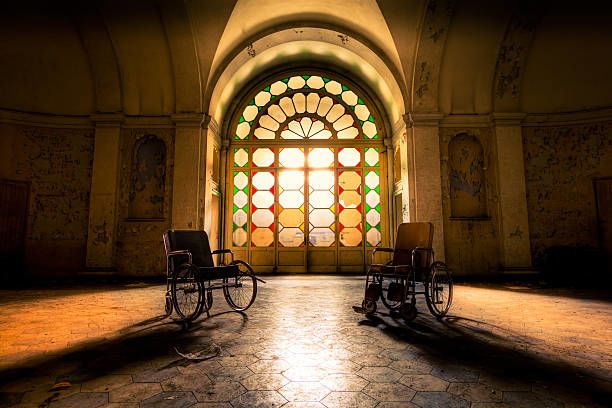
“I never feel the urge to urinate once I step out of the house,” says Chhaya Bhalkare (37) who works as a teacher in a zilla parishad school in Nandurbar district of Maharashtra. As the public toilets neither have ramps nor enough space to adjust her wheelchair, she always needs help to access them from someone apart from her husband and sons, as they cannot enter the ladies washroom. “The god has given me an iron bladder,” Chayya says smiling, “I can now spend the whole day in the school without going to the toilet. My bladder has acquired enough strength that I didn’t urinate for two days when we went to Visakhapatnam for polio treatment by train last year,” she says. The rescuers, adult diapers and sanitary napkins are of no use as they result in itching and infection.
Not just Chhaya but there are 2.68 crore of total disabled people in this country who struggle living in a world not built for them. They form 2.1 per cent of the total population according to the census of 2011. However, a report published in the same year by the International Labour organisation says that persons with disability constitute between 4-8 per cent of India’s population. The Rights of Persons with Disabilities Act (RPWD) of 2016 added 14 more types of disabilities in the list which makes the current estimate much higher.
Ideally, Chhaya should not face any difficulty accessing public toilets with the RPWD act. The act which replaces the Persons with Disabilities Act of 1995, has provisions of punishment against the government if suitable measures are not provided by them to make the public spaces accessible. The act had made it mandatory for the government to make all the public buildings accessible within a period of five years. The year 2022 can be considered as a target completion year in this case.

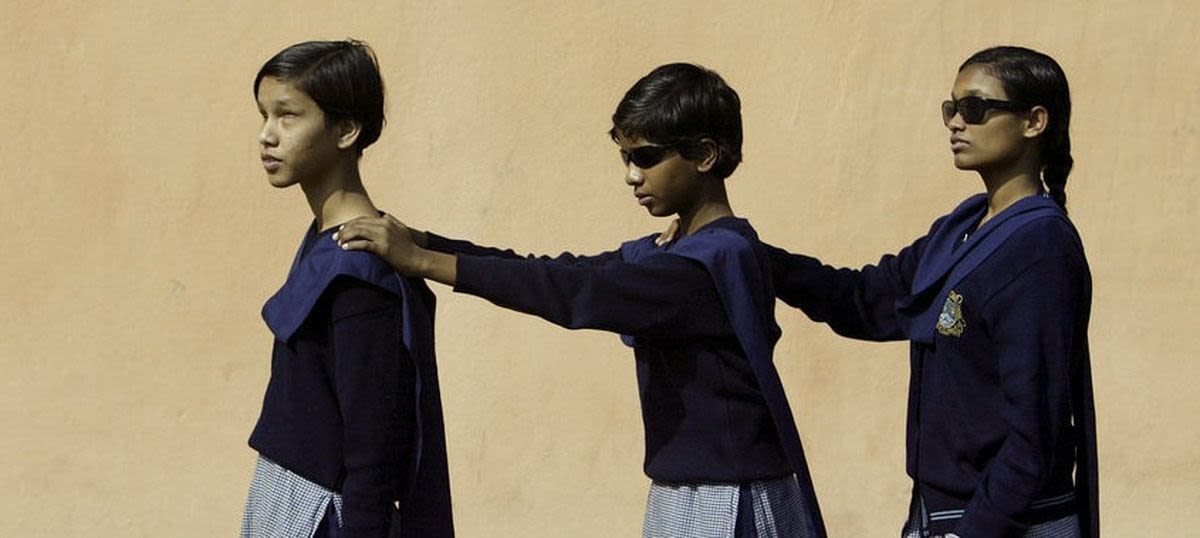
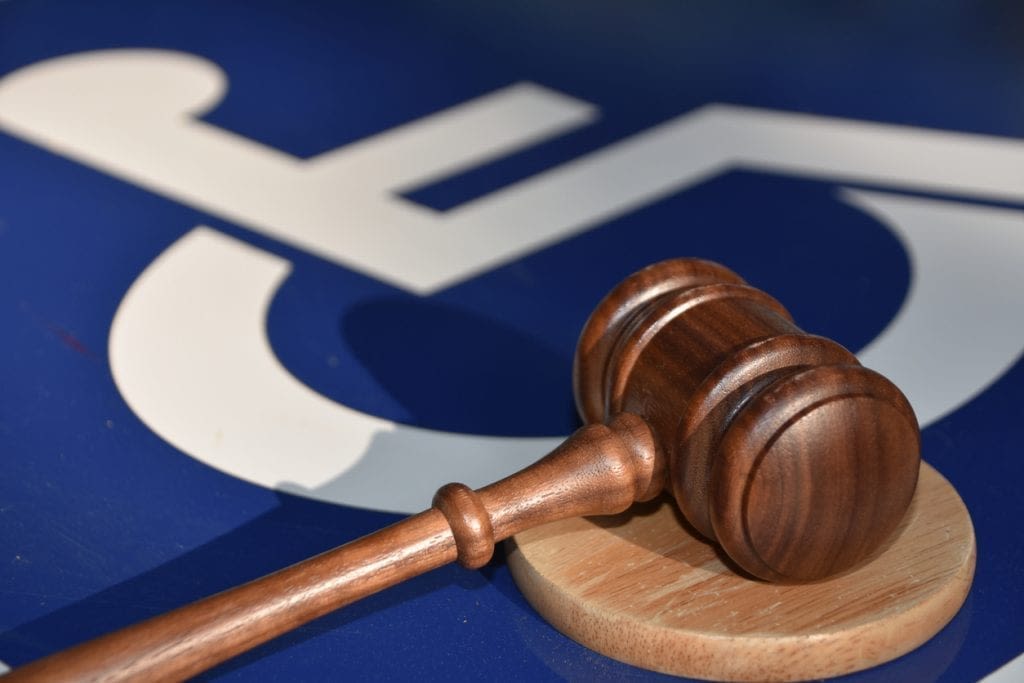
The Accessible India Campaign
The Ministry of Social Justice and Empowerment launched the 'Accessible India Campaign’ (AIC) on September 24, 2015, in order to ensure equal participation of persons with disabilities in all aspects of society. While focusing on the creation of accessible physical environment, the first part of the campaign promised to make all the government buildings, hospitals, banks, colleges and educational institutions, footpaths, and parkings barriers free. The second part focused on making public transport which includes airports, railway stations, local trains and all other public transport carriers accessible. It included the installation of handrails, ramps, accessible route, braille signage, adequate lighting, audio commands, special toilets for disabled people, lifts, tactile tiles and re-flooring wherever necessary. While the third part was about enhancing the accessible and usable public documents and websites, increasing the number of sign language interpreters and including captions and sign language interpreters in public television.
According to the Department of Empowerment of persons with disability, only three per cent of public buildings were accessible by February 2018. Among the 1,707 buildings identified for being accessible only 52 including 43 in Chandigarh and seven in Bhubaneshwar, were made disabled friendly. Following this, the then Minister of Social Justice and Empowerment Krishnapal Gurjar declared an extended the deadline upto March 2020 and then again to June 2022. The government then had released Rs. 354.45 crore under the AIC.
Now it has been five years since the central government of India launched the AIC. A report published by the Ministry of Social Justice and Empowerment after the launch of Sugamya Bharat App in 2021 claimed that they have a total of 1,524 public buildings, 1,030 belonging to the Union government and 494 belonging to States/Union Territories (UTs). It stated that these buildings have been ‘already made accessible by providing accessibility features such as ramps, lifts, toilets, parkings etc.’ The data provided by the Ministry of Social justice and Empowerment in the Rajya Sabha on February 9, 2022 mentioned that 48.5 per cent of the government buildings in States and UTs have become accessible against the target of 50 per cent. It also said that the government has sanctioned Rs. 26.19 crore to make 917 State and UT government websites accessible. Out of these, 603 websites and other 95 websites of the Central government are claimed to be fully accessible now.
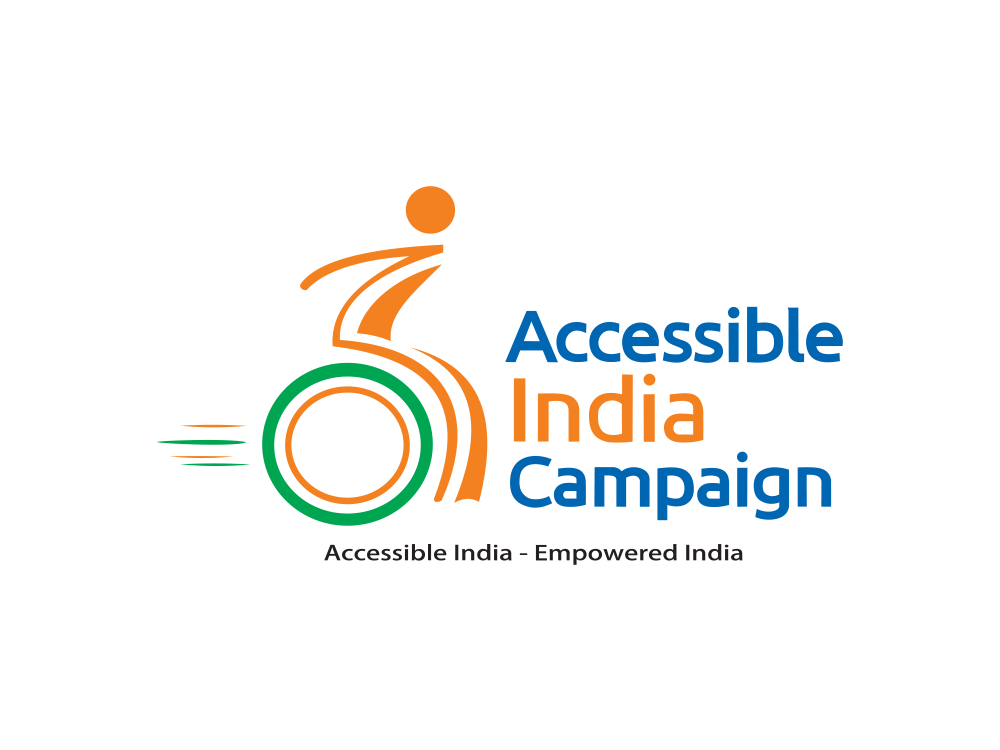
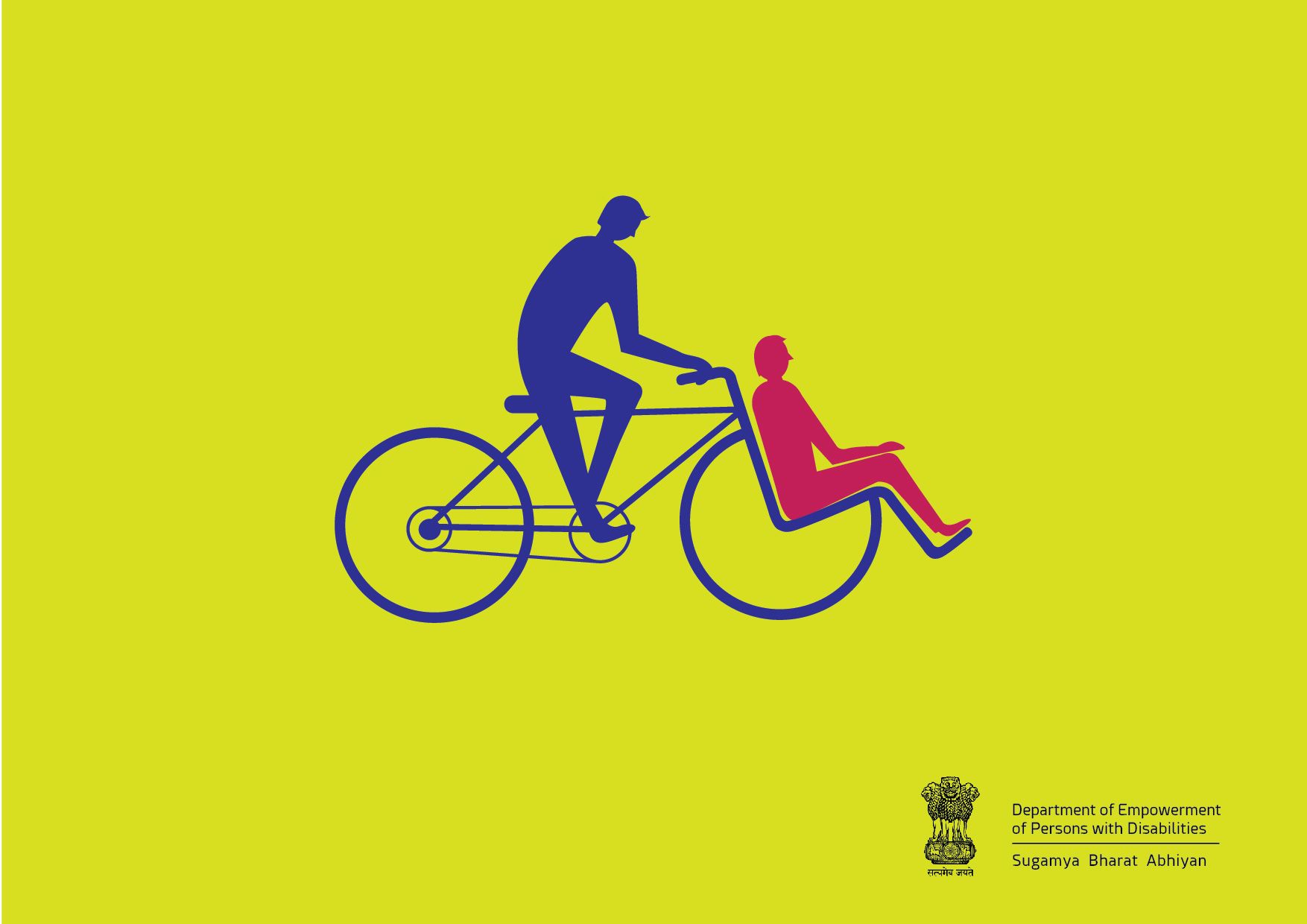
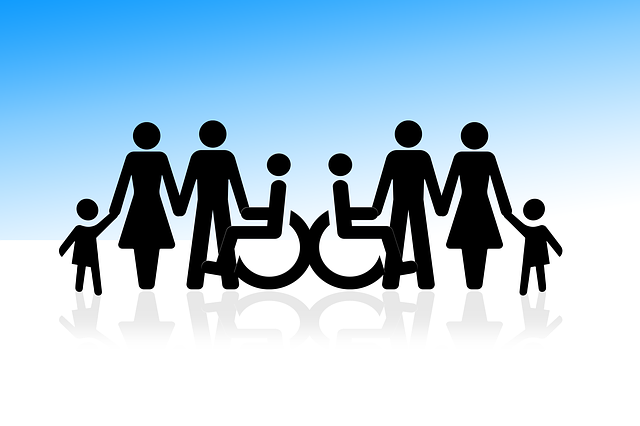
Hampered development
No matter what the government claims, the real development lies in the eyes of the victims. “Nothing has changed for us,” says Shivaji More (40) who suffers from locomotor disability since birth. The social activist indulged into a fight with the administration of the Collector office in Nandurbar district in Maharashtra in the last week of March 2022 when he asked about the broken tactile tiles in the building.
“Toilets are built at some places, but most of the time they are locked. The ramps built at railway stations and government buildings do not meet the width and height requirements. Public buses are nightmares. Most of us fall down and get injured trying to catch a bus. Nothing seems fully accessible in the entire country,” he further says. It was very irritating for him to know that most of the government employees in his district use fake disability certificates to access the services reserved for disabled people.
Maharashtra has the second highest number of disabled people after Uttar Pradesh. According to a recent report by Aljazeera, the dangers in the metro city of Maharashtra, Mumbai, prevent people with disabilities from relying on public transport. It stated that those who brave the hordes and overcome other accessibility issues, such as steep ramps or a lack of elevators, often find the reserved compartments for people with disabilities filled with regular commuters.
The situation is worse in other cities of India. “I haven’t noticed a single change in Kolkata in the last seven years,” says Richi Rungta, a visually impared who migrated to Mumbai two months ago to pursue a master’s degree in Disability Studies and Action from Tata Institute of Social Science. “I completed my graduation from Scottish Church College in Kolkata. Due to inaccessibility of public transports I had to rent a room near the college even if I had my family staying in the same city,” he said.
He feels shopping malls are more accessible than public buildings in Kolkata. “Government is just putting ramps everywhere under the name of disabled-friendly infrastructure. These ramps are so uselessly steep that a person with locomotor disability cannot ride a wheelchair on it,” mentioned Rungta. He further added that there are no beepers on railway stations of Kolkata which help in identifying the disabled coach in the train.
According to the Department of Empowerment of Persons with Disabilities, as of December 2020 less than seven per cent of public buses in the country were fully accessible for wheelchair users - with provision of ramps, reserved space for wheelchairs and digital and audio announcements for stops.
In March 2021, the government launched the Sugamya Bharat mobile app, a nationwide crowdsourcing platform to address the issues faced by people with disabilities in public spaces. Users can register accessibility-related concerns or provide positive feedback as well as receive public health-related information. But out of the 360 complaints forwarded to the authorities responsible for taking action, just 26 were resolved by September 2021.
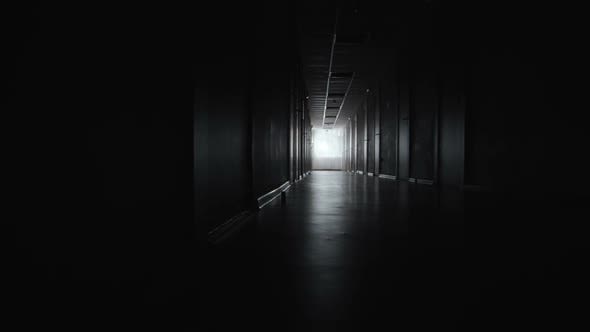
Chennai inaccessible for differently abled individuals
In 2015, Chennai took a first step to implement the AIC by seeking citizens’ response to a google form prepared by Equals, Centre for Promotion of Social Justice Organisation, Chennai. This form helped in gathering the data regarding inaccessible government buildings in the city. Fourteen buildings including Fort St. George Museum, Southern Railway Headquarter, Ripon buildings, Income Tax office, Chennai Central Railway station and Madras High Court were identified to be inaccessible for disabled people with absence of ramps, braille signage, tactile tiles, handrails etc.
After the launch, in December 2015 the Ministry of Social Justice and Empowerment requested the Tamil Nadu government to identify 50 most important public buildings in Chennai and Coimbatore cities of the state under the AIC. It took the state government approximately four years to identify the fourteen State Government Buildings in Chennai and release a sum of Rs. 28,56,37,250/- (Twenty eight crore fifty six lakhs thirty seven thousand two hundred and fifty only) for the year 2020-21 as a first instalment to create barrier-free environment. According to a Union government order, these buildings include Tamil Nadu State Election Commissionerate, University of Madras, The Tamilnadu Dr. M.G.R. Medical university, Government Stanley Medical college, Government Kilpauk Medical college, Secretariat main building, Rajiv Gandhi Government hospital, Government Stanley hospital, Queen Mary’s College, Presidency College, Anna university, Madras Institute of Technology, Connemara Public Library and Government Arts College for Men. Features like handrails, braille signage, tactile tiles, accessible ramps, accessible routes, building of new toilets or renovation in existing one, and accessible parking were proposed. None of these 14 buildings have implemented any of the infrastructure as of March 2022. The government has a target of making these institutions ‘completely’ accessible by June 2022. Besides these buildings, other public institutions are also not accessible to the differently abled individuals.
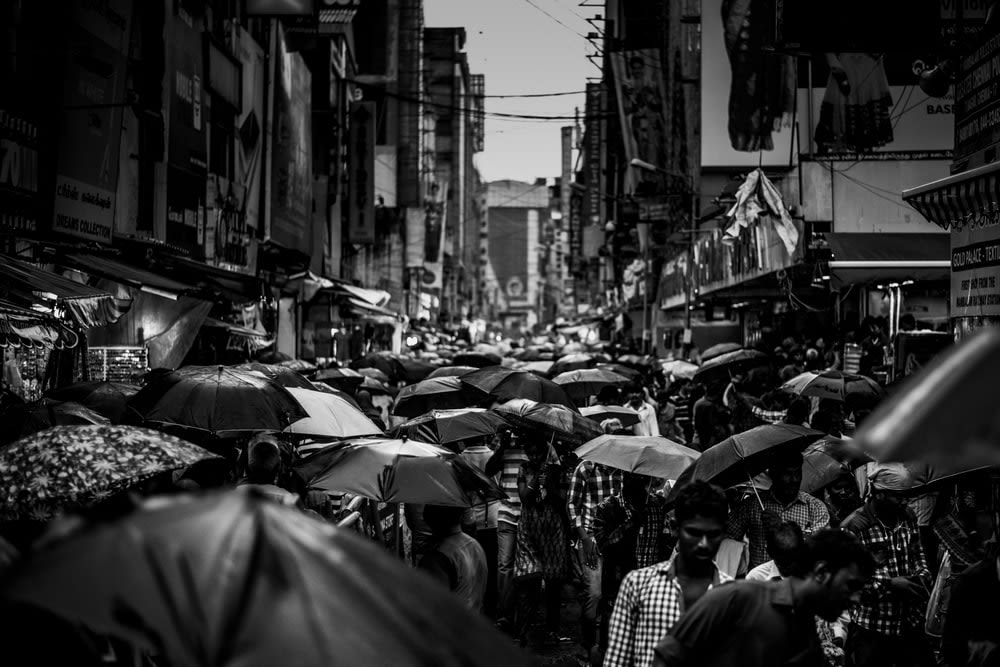
Inaccessible public hospitals -
Inaccessible public hospitals lead to the exclusion of differently abled individuals from the public health care system. The survey conducted at top seven government hospitals in Chennai showed absence of basic amenities for differently abled individuals enumerated by the government of India.
Most of the hospitals did not have accessible reception, parking, tactile tiles, braille signs, audio commands, etc. The condition of toilets in these hospitals was abysmal and thus unusable.
Out of these hospitals, Rajiv Gandhi Government General Hospital (11 blocks), Government Stanley Hospital (8 blocks), Government Kilpauk Medical College Campus (3 blocks) were identified by the state government as the important public buildings in Chennai under AIC. To make these places accessible, the Union government sanctioned Rs. 3,00,00,000 to Rajiv Gandhi Government General Hospital (11 blocks), Rs. 2,45,00,000 to Government Stanley Hospital (8 blocks) and Rs. 21,25,000 to Government Kilpauk Medical College Campus (3 blocks). Accessible ramps and routes were the only two amenities common in all the hospitals while separate toilets, braille signage, tactile tiles, audio commands were missing at almost all the places. The female toilet built separately for disabled in the first and second block of the grand 3000 beds Rajiv Gandhi Government General Hospital was locked while the male toilet in both the blocks was unusable on a normal working day in March 2022. The toilets in all other blocks had more or less the same condition.
In Government Kilpauk Medical College Campus had rugged road which created hurdles for wheelchairs to move.
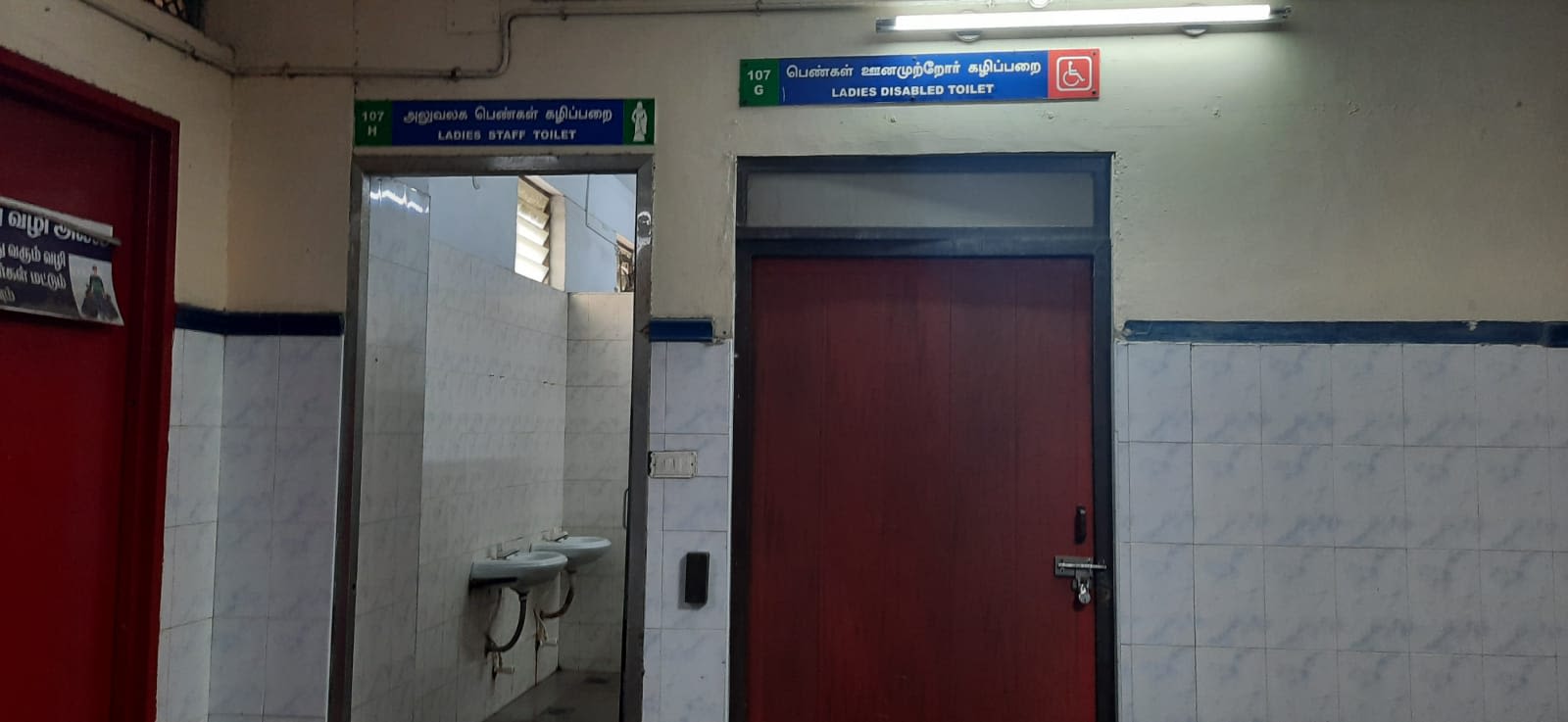
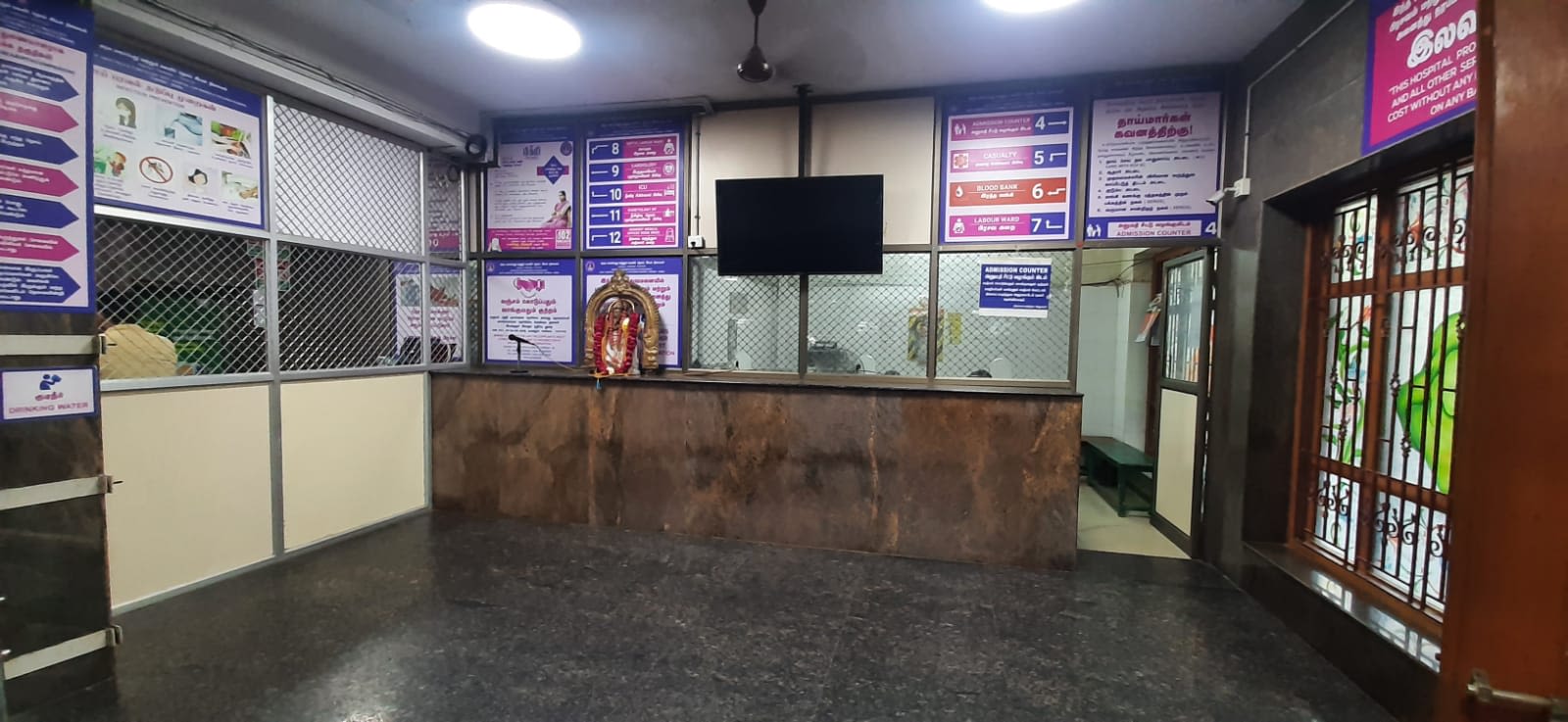
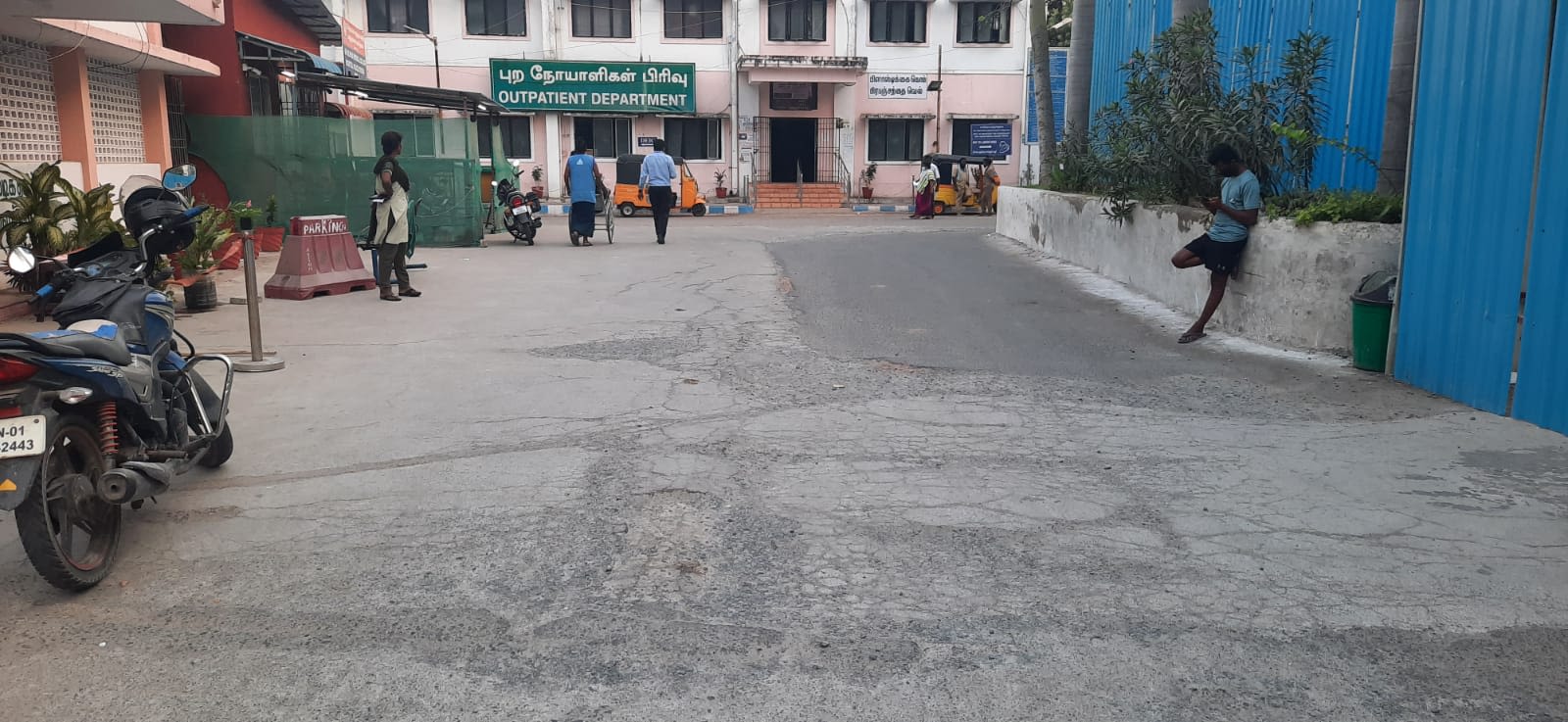
Inaccessible Education-
Out of the 14 important buildings, University of Madras, Madras Institute of Technology, Government Arts College for Men, Anna University Main Campus, Queen Mary’s College, and Presidency College were the selected educational institutions. At almost all the places, the infrastructure for making places friendly to differently abled individuals was missing. The funds sent by the Union government have gone unutilised.
For instance, The government document about the release of the first instalment of grant-in-aid for the implementation of the RPWD Act, 2016 ( dated October 1,2021) stated that the amount of Rs. 4,48,50,000 was sanctioned for the Presidency College. The college Public Welfare Department (PWD) Coordinator, Dr. Damodaran said that the PWD received nearly 3.5 crore in 2020-21. When asked about the absence of infrastructural work in terms of making the buildings accessible to the differently abled students he told, “The government has asked every college to form a committee to provide estimates to PWD for implementing the projects. The committee of the Presidency college has not provided any report on that. Thus, PWD does not have estimation and also any kind of specific data.” According to him, in 2018-19 the PWD had received Rs. 2.9 crore but it did not include any special funds for physically challenged students.
All the 17 blocks of the Presidency College marked as ‘important’ lack all the basic amenities enumerated under AIC.
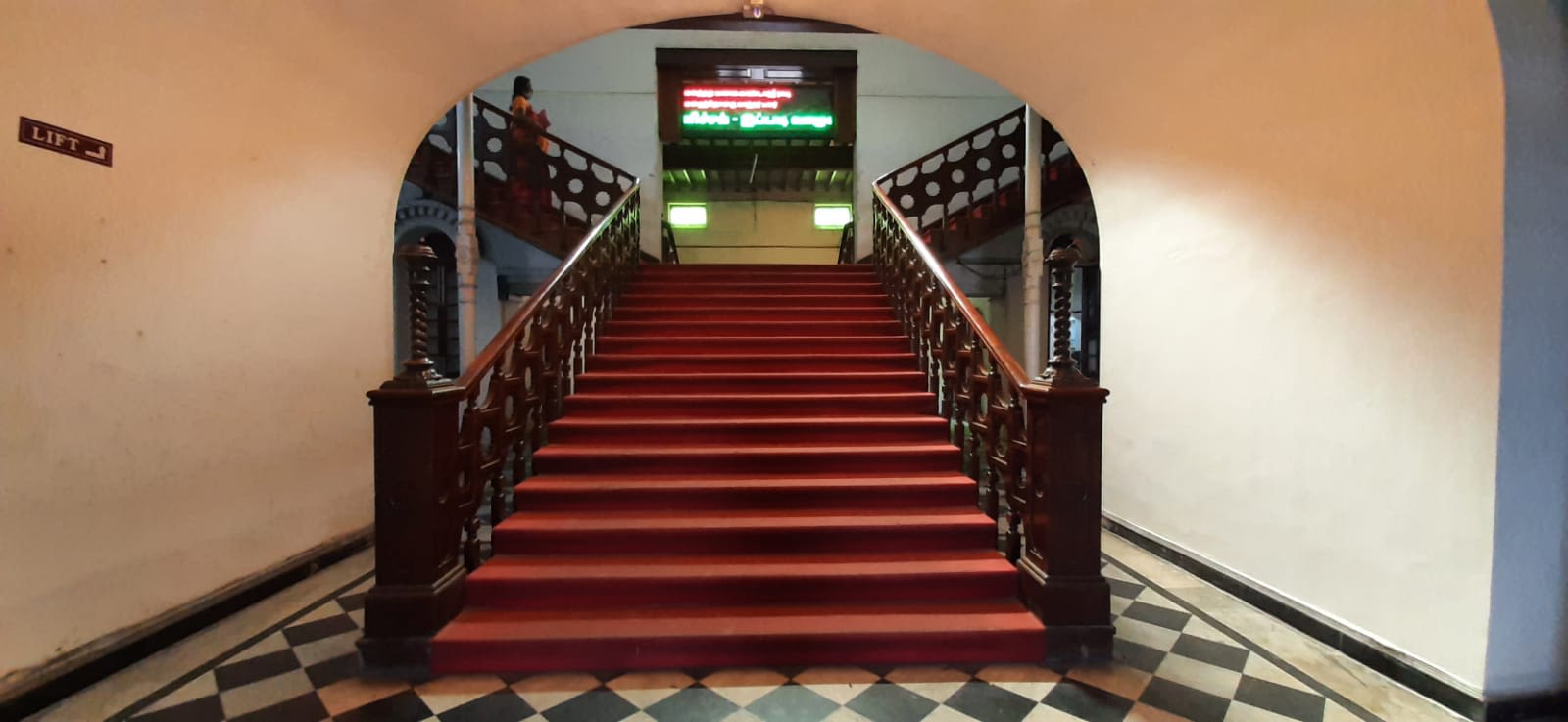
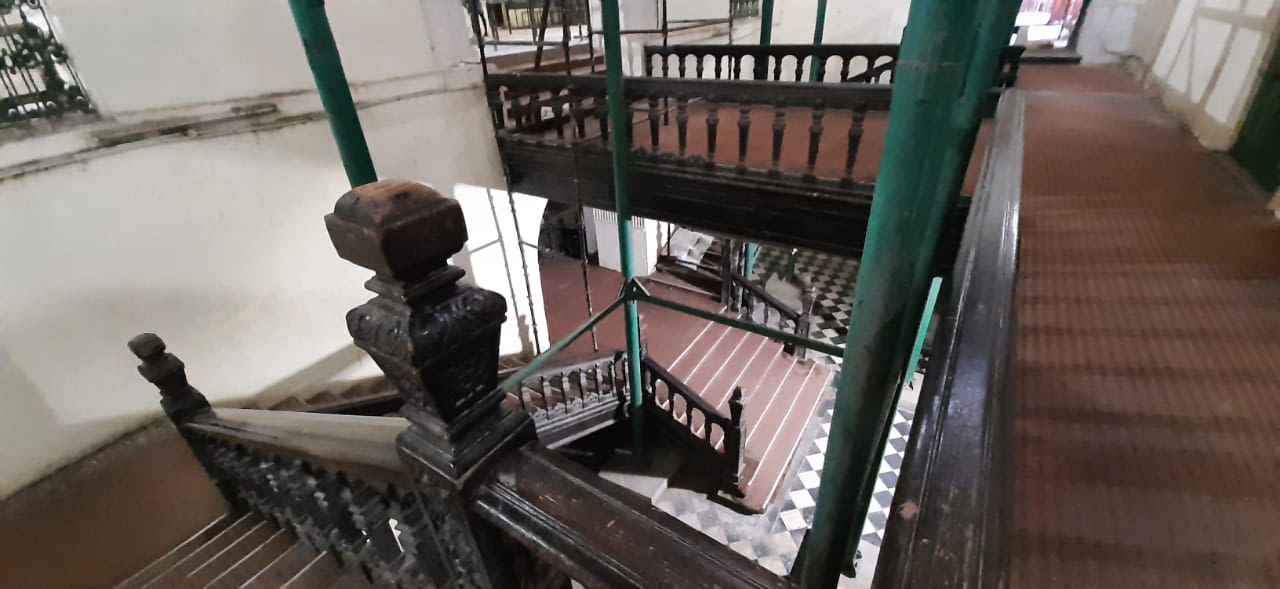
Inaccessible Transportation-
"At bus stations I do not know which bus is coming as I cannot see. While crossing the roads as well I have to wait for someone to help me cross the road. At most of the signals, bus stations there are no auditory signalling instruments”, said Manikandan (43), a visually impaired person who works at PWD office. He also stated that even the PWD north got lifts two to three years back.
“There are a total 160 stations out of which only 60 major stations have very few facilities like lift or escalators to make transportation easier for differently abled individuals' ', told A Elumalai, Public Relations officer, Chennai Railway Division. He also added that Indian Railways Catering and Tourism Corporation (IRCTC) has commenced online wheelchair booking but this service is unavailable in Chennai.
The division enumerated the facilities they are planning to install- 1) Standard Ramp with Railing 2) Two parking slot 3) Non slippery path way 4) Signage of appropriate visibility 5) Water tap at lower level (at least one at the ground floor) 6) "May I help you booth" 7) Provision for inter-platform transport- battery car (at major stations) 8) Wheel Chair, Escalators, lift (for smaller stations 9) Engraving on edges of platforms 10) Toilets for disabled people
K. Ramachandran, Public Relation Office, HeadQuarters Southern Railway Division, Chennai shared details about the amenities in southern railways. “There are a total 727 stations under this division including flag stations as well as halt stations. Ramps, lifts, escalators, wheelchairs for differently abled individuals are available at all the stations. Toilets for differently abled individuals, low level ticketing counter, tactile floors are available at only a few major railway stations’’, told a journalist from Southern Railway. The southern railway has also annexed the Second Class Luggage Rake for Disabled (SLRD) coaches for the benefit of differently abled individuals.
The bus transportation is not at all accessible to the differently abled-individuals. The over-crowded bus stations and absence of amenities in buses make it tough for them to travel. The Freedom of Movement Coalition (FMC), a pan-India group advocating for transport equity, noted that in cities like Chennai the height between the bus floor and ground should be 650 mm ideally but a recent Right to Information (RTI) has revealed that almost 80 per cent of the fleet of Metropolitan Transport Corporation (MTC) have larger difference. It stated, “2,822 of MTC’s 3,460 vehicles are not recognised as buses as they are on truck chassis of almost 4 feet height.” An order by the Madras High Court (2016) specified that the buses acquired after 2016 should be universally accessible but FMC claimed that MTC as well as State Express Transport Corporation (SETC) have been procuring buses which are not accessible to the differently abled citizens. FMC mentioned, “As of 2019, MTC had purchased 695 buses and SETC had procured 492 buses. In total, across all the eight transport corporations, at least 4,381 new buses were added four years after the High Court orders (and) not one of them is disabled-friendly.”
For a more inclusive environment for the differently abled people, transportation is a crucial factor.
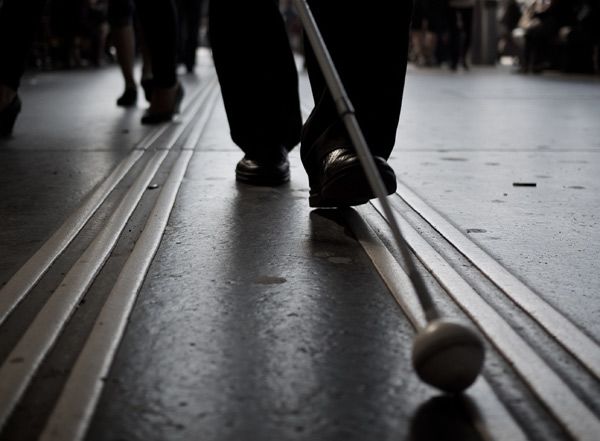
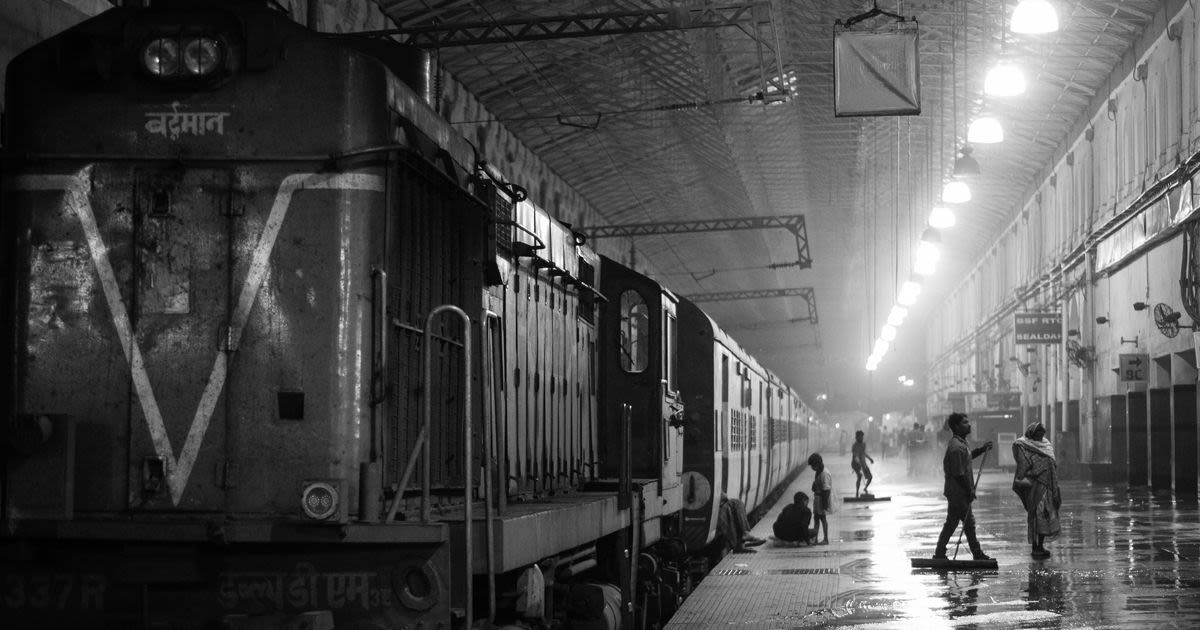
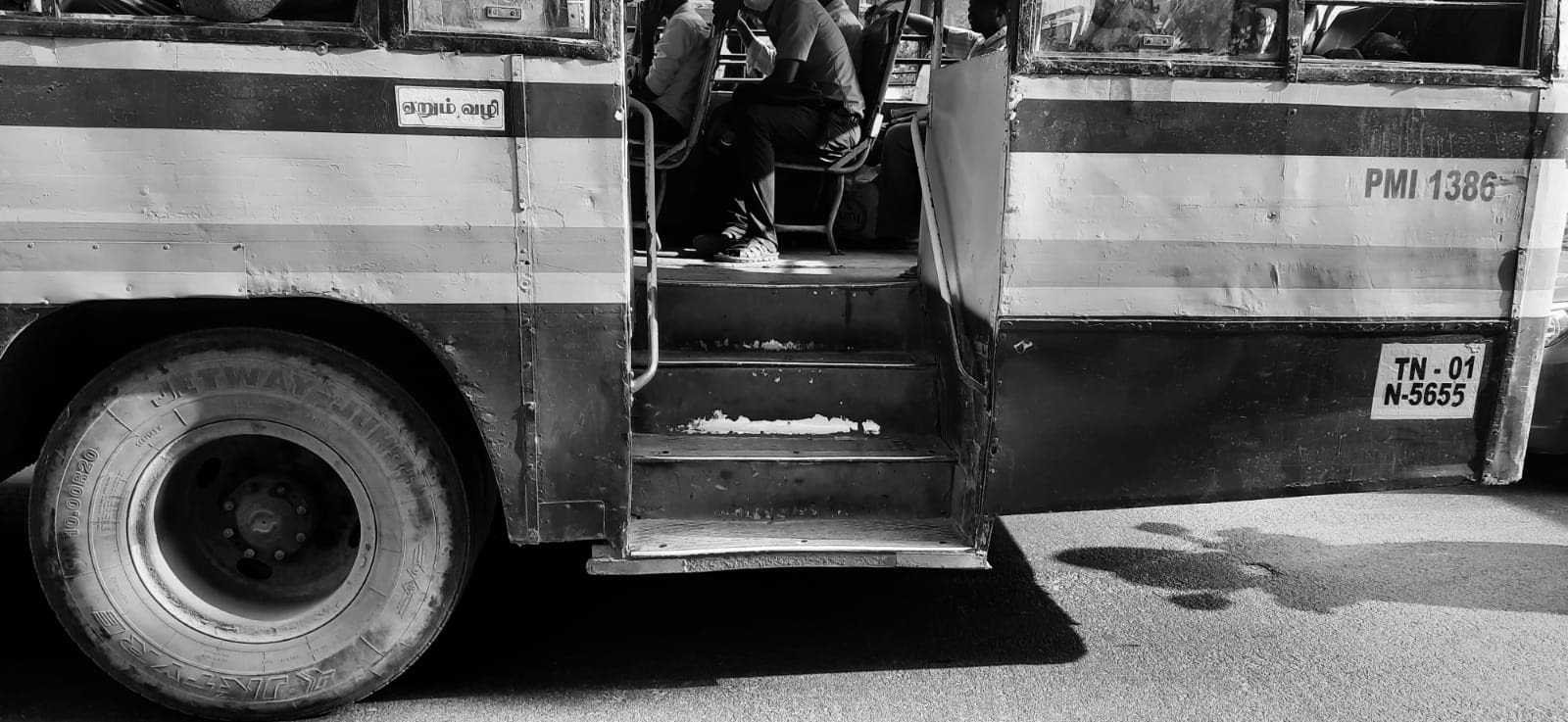
Completion of unstarted work due in two months -
The PWD North office of Chennai is responsible for implementation of the scheme at four places- Secretariat Main Building, Connemara Public Library, Tamil Nadu State Election Commissionerate, and University of Madras. Public Welfare Department North, Chennai
The office confirmed that the amount from the government has been received by the PWD north department. “Tenders are still not given to start the work at three places”, informed the PWD north office when asked about the utilisation of funds sent by the Union government. According to the office, a tender for the work at Connemara Public Library has passed and work has started at a smaller scale. The visit to this place did not show any sign of ongoing work.
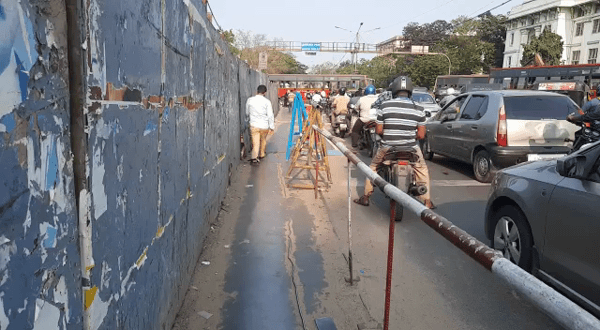
Where is the change?
“My daily trip to the college classroom is a struggle,” says Prem Guddad (26), a Phd scholar in English and Foreign languages university in Hyderabad. Shifting to Hyderabad from Pune, where he completed his graduation, was a herculean task for visually impared Prem. “Living in Pune was difficult. But, Hyderabad is the worst,” he says, complaining about the narrow roads and potholes in both the cities. “In Pune, I had to spend 15-20 mins of my busy morning schedule crossing the road to enter the college. I used to stand at the corner of the road without realising that the signal had turned red,” he further mentioned. His life could have been different if the world around him would have been a little more accessible, he feels.
A report by the World Bank published in 2007 says that among all the developing countries, India has one of the most progressive disability policies. However, the practical implementation of it is poor. Even after a decade later nothing seems to be changed for disabled people. Their houses are not structured as per their convenience and the moment they step out, their quotidian battle begins. Instead of making their lives easy, the roads, footpaths, buses, railways, college gates or stairs and everything reminds them of their disability at every step.
“I avoid going out in public. Then it's better to stay home instead of getting embarrassed in public,” says Chhaya Bhalkar. She feels humiliated in public transport and the expensive private vehicles are not her cup of tea. “Unnoticed. Untended. Unheard. Dishonoured. These four words complete the circle of my existence,” she sighs.
